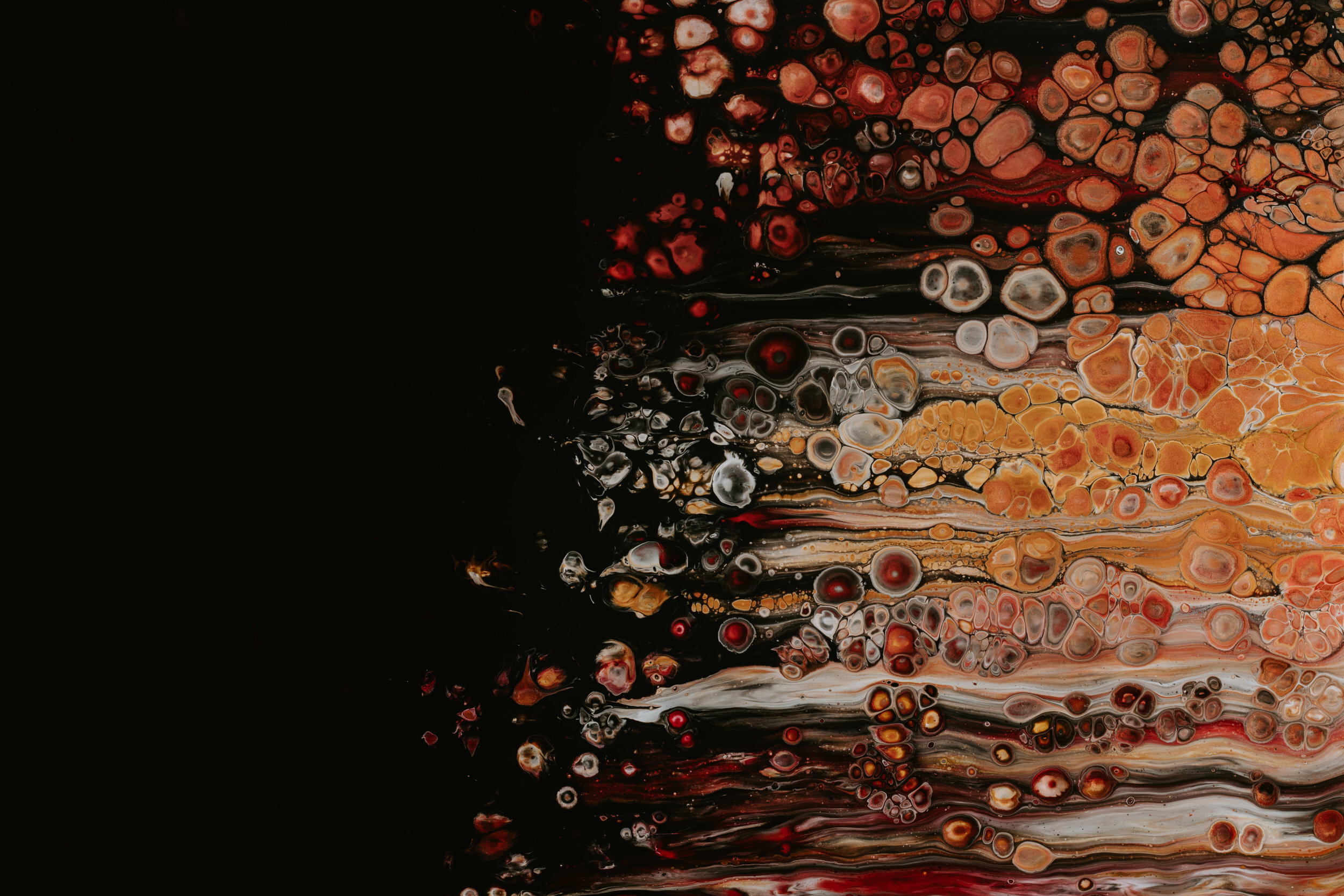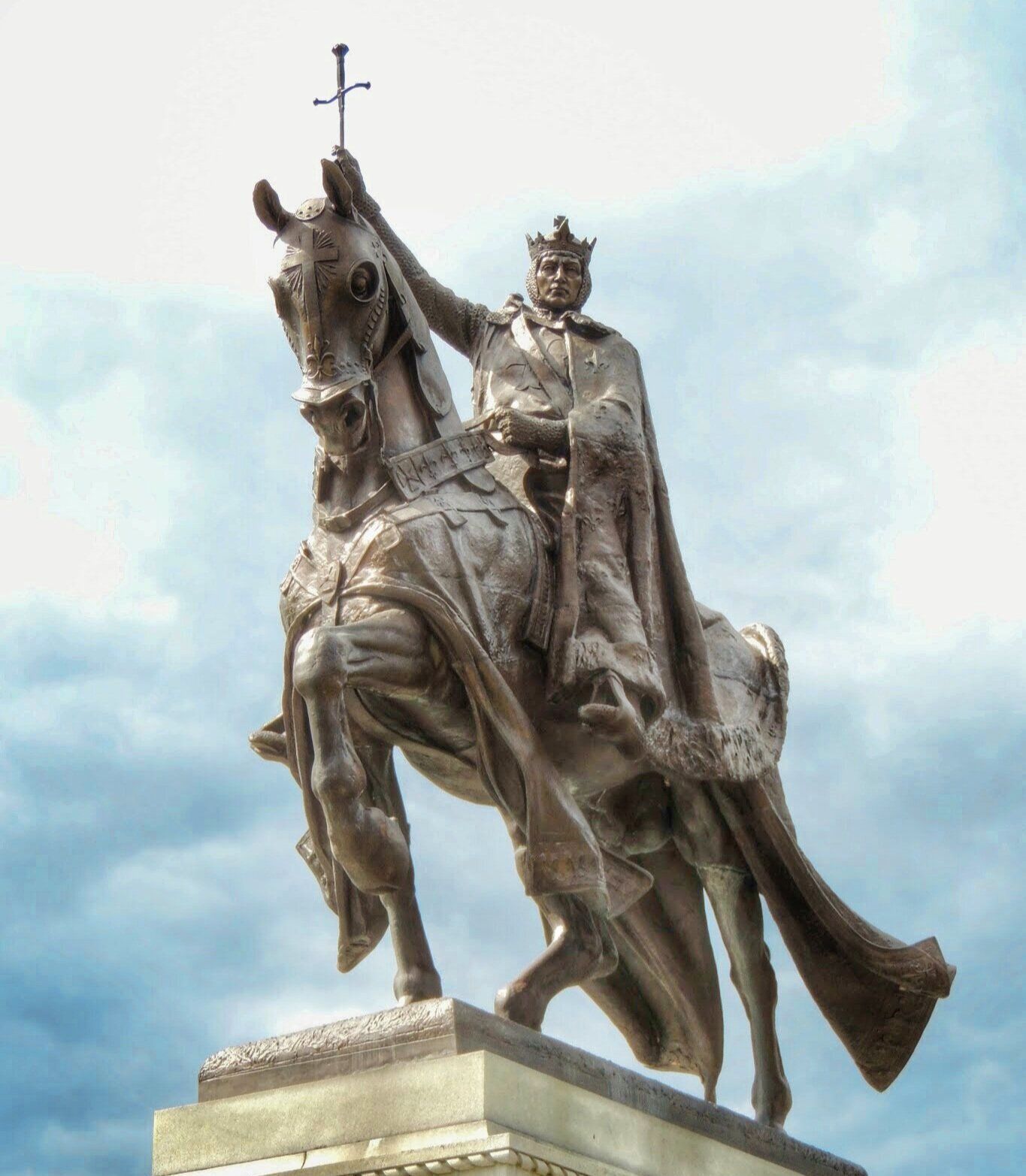
Sources
emerging and eclectic sources for American religion
What are our relationships to sources, and how do these relationships inform our scholarship? Where and how do we find our sources? How does our personal and scholarly proximity to those sources shape our research? Who has access to sources, and when/how is it denied?
We invite you to consider the theme of proximity and sources in the study of American religion, including:
Encounter: research postures (bodily and intellectual), rituals of research, tactility, materiality
Ethics: contested archives, anonymity, fugitive methodologies
Access and accessibility: private archives, bureaucratic archives, oral histories, the limits of COVID-19 and adapting to new forms of locating and engaging sources
Affect and Emotion: frustration, devotion, loyalty, connection, resistance, tensions
Method: digital, virtual, ethnographic, historical, artistic
Distance and closeness: what is gained/lost in the changing proximities at different stages of research; how do scholars mediate between sources, and between sources and the work we create?
Positionality: How does race, gender, and/or ethnicity shape our sources? Where do we find sources, and how do we engage them using the language of participant, researcher, observer, interlocutor, informant. How do we describe our sources, and what does this reveal about our sense of proximity?
Citation: politics of citation, bibliographic sources as archive
We are especially interested in submissions that expand the category of sources in the study of religion. We encourage scholarly and creative meditations on the above themes in the form of (but not limited to) traditional papers, field notes, and object histories.
How might we make American religion more capacious? What sources—ethnographic, material, sensory, and historical—can provoke new narratives, stories, and documentation of religion in the Americas? What are the procedures and rituals of accessing and analyzing those sources? How is finding, reading, and creatively or affectively engaging with sources part of the research process?
In this space we spotlight sources and provocations that enrich and challenge how and where we find, narrate, and study religious lives, spaces, imaginaries, and communities. We feature emerging field sites, findings from new or ignored archives, archives that give a global or hemispheric shape to American religion, object histories, and reflections on the sensory, bodily, visual, and material religion.
American Religion is methodologically eclectic. The stuff of:
Bureaucratic record keeping
Objects both efficacious and decorative
Foodstuffs and preparation processes
Built environments
Monuments
Infrastructures
Maps & Geographies
Clothing & Skin
Sound
Kinesthetics & Touch
Art & Visual Culture
Transatlantic exchanges and the media which enable those exchanges
We invite scholars across disciplines and time periods to offer provocations, source spotlights, methodological reflections and directions for the future of American religion. Where might we look or to dismantle the privileging of visual dimensions of religion, what might we smell, touch, taste? What stories can we tell? Who and what might we include in the study of religion in the Americas? How might we tell stories of mobility and migration? What new archives might we “open”?
CURATOR, 2021 - Present
Daisy Vargas is Assistant Professor of Religious Studies at the University of Arizona. She specializes in Catholicism in the Americas; race, ethnicity, and religion in the US; and Latina/o/x religions. Her ethnographic and historical work includes religion and material culture, religion in the US-Mexican borderlands, and religion and the law. Her current book project traces the history of Mexican religion, race, and the law from the nineteenth century into the contemporary moment, positioning current legal debates about Mexican religion within a larger history of anti-Mexican and anti-Catholic attitudes in the US. Vargas serves on the advisory committee for Engaging Lived Religion in the 21st Century Museum at the Fowler Museum of UCLA. As a Public Humanities Fellow for Lived Religion and the Digital Age, she is co-curator of the Pertencias/Belongings: Recovering the Sacred in Objects from the Border exhibition at the Museum of Contemporary Religious Art at Saint Louis University.
CURATOR, 2019 - 2021
Alyssa Maldonado-Estrada is Assistant Professor of Religion at Kalamazoo College, and received her PhD from Princeton University. She is an ethnographer specializing in Religion in the Americas, with a focus on masculinity, Catholicism, material culture, and urban religion. Her forthcoming book Lifeblood of the Parish: Men and Catholic Practice in Williamsburg, Brooklyn, is an ethnographic study that examines the religious and devotional lives of Catholic men. It explores how the parish is a vital site for the making of masculinities and how devotional traditions—and the very materiality and labor essential to their making—structure mens’ pursuit and achievement of manhood. Follow her on Twitter here.














